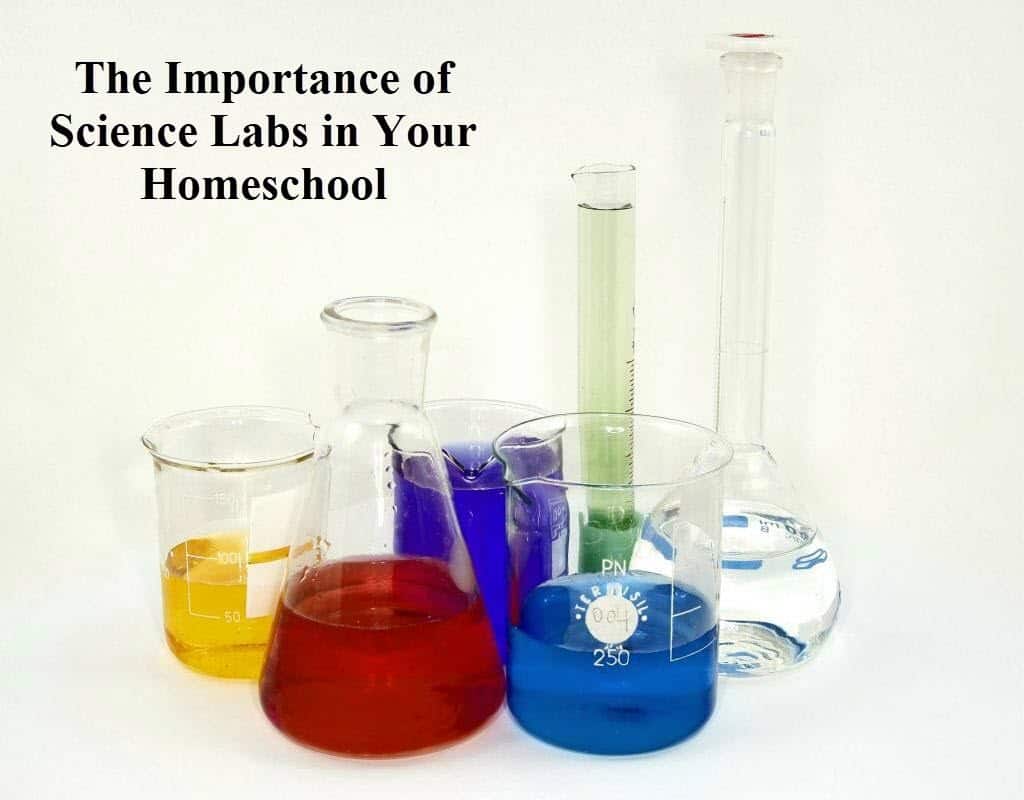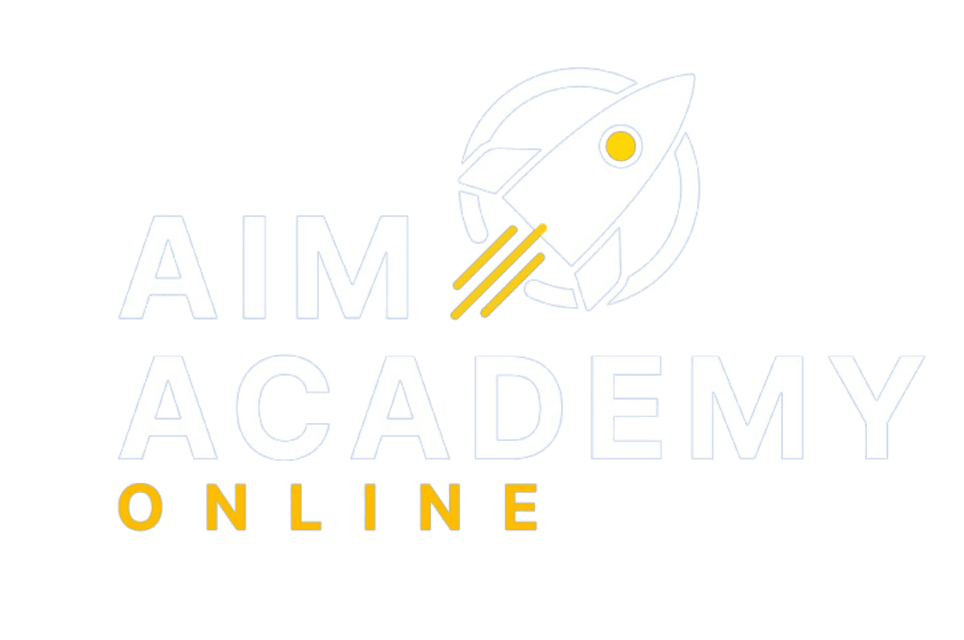The Importance of Science Labs (and how to make them happen) Part Two

In the last post we talked about two great reasons why having your kids complete the lab component of a course is integral to their success and why the benefits this produces may not be obvious. This post will cover the other two reasons I feel that labs are truly important to the study of science and even math. Any one of these reasons should be enough for you to overcome any reasons you might have to skip the lab portion of a class, but these last two are really important when it comes to upper-level science classes in high school. Whether your students plan to pursue college or not, these benefits will help them both inside and outside the classroom.
First, a real, but not always obvious, gain of having students complete labs is that they get the opportunity to learn about aspects that are difficult to grasp from just reading about them. These aspects include, but are not limited to, sources of error, the interconnectedness of concepts, and the physical limitations of lab experiments. When students have to recreate a famous experiment themselves, it brings to life the realities that those highly-regarded scientists dealt with. It also shows students why it can be very difficult to prove an idea using a physical experiment and why it often takes so many trials and years of hard work to prove an idea and turn it into an accepted theory. Labs also demonstrate to students how interconnected concepts they learn are; like when they try to prove that there is no horizontal acceleration when learning about motion in physics, they have to disregard the effects of friction and air resistance. This also gives them an opportunity to brainstorm their own ideas of how to minimize these effects, which gives them a chance to exercise logic and abstract thinking. Or when they perform a chemistry titration and forget to put the indicator, phenolphthalein, in and the test tube never changes color. This never happened to me, but I’m sure some poor soul kept adding acid and the pH never seemed to change.
And, finally, the last way that I want to mention why labs are important for science classes is that it, if done right, can give students the chance to discover a scientific principle on their own. For example, in my AP Physics classes, students are asked to complete some experiments before the unit starts. This gives them the chance to think through what they see happening the same way countless scientists have before them, sometimes even deriving the equations that will be used in the unit from their own experimental data. Giving students that opportunity can do wonders for their confidence and ensures that they understand why the abstract ideas presented are true and how the equations are developed.
I have always been more interested in theory than applied math and science. Labs weren’t always my favorite part of class. But having taken many of both types of classes and having performed numerous labs in my time, I can confidently say that labs are an integral part of science (and activities in math often have the same benefits). I encourage my students to not skip over the lab activities and I would encourage you, as parents, to help your student work through the labs even if you both find them challenging. The benefits you’ll reap from completing them will far outweigh the trouble you’ll go to getting them done. Here’s one lab activity you can try with your student and see the benefits yourself, even outside of a course!
The final part of this lab series will cover how you can help your student do well on labs. It will contain real practical tips that you can use right away. What barriers have you found that keep your student from tackling lab activities? I’d love to hear what you think below!
Kristen Lauria teaches AP Computer Science Principles, AP Environmental Science, Environmental Science, AP Physics 1, and Physics as well as several math classes. Her goal is to share her love of math and science with all of her students at Aim Academy. She also homeschools her own two children.
